Dear Friends and Members,
With now the Bundesliga, NASCAR, the South Korean baseball and soccer league back on, coaches, trainers, fitness coaches, staff from teams in the Laliga (today, June 8), Premier League (June 17), and Series A (June 20) are gearing up to resume their season as well. The MLS is also set to continue its competition as part of a mini tournament in Orlando in July. The players also agreed to a proposal that cut salaries for this season while also extending the collective bargaining agreement through 2025. MLS Commissioner Don Garber also said the league will take a $1B revenue hit because of the coronavirus hiatus. The NBA teams have also approved a plan to restart the NBA season with 22 teams on July 31. The estimated $1.4 billion a year Disney pays for NBA broadcast rights likely helped set Orlando apart from top competitor Las Vegas in a battle to host the league’s restart.
Last week, Major League Baseball has rejected the MLB Players’ Association’s offer of a 114-game schedule, again putting negotiations at a standstill as the sides aim to salvage some semblance of a 2020 season. According to MLB owners, paying players their prorated salaries in a shortened season would also result in a $4 billion loss, although some experts have argued about the accuracy of such estimate.
Following the US protests happening all over America in the wake of George Floyd’s death, many sports organizations, teams, leagues, and athletes are stepping up and donating to black communities. For example, NBA legend Michael Jordan and Nike’s Jordan Brand on Friday committed to donate $100 million over the next 10 years to support social justice causes following the death of George Floyd. NFL Commissioner Roger Goodell even said last Friday that the NFL should have listened to players earlier about racism concerns in response to NFL players calling on the league to condemn racism and support its black players. On another note, last week Cristiano Ronaldo has become the first footballer in history to become a billionaire during his career. According to Forbes , the Juventus star made $105 million before tax in the last year, taking his total worth over the $1 billion mark. MMA fighter Conor McGregor announced its retirement over the weekend as well.
Picture: Michael Jordan, Nike, Air Jordan, Converse.
In the world of AR/VR and digital, Barcelona FC launches Barca TV+. Tobii also announced its new eye tracking technology for AR glasses. Polygon announced its full VR Body and hand tracking system. In Japan, an app will now allow fans to pick from “cheer, chant, clap, shout, groan and boo,” to broadcast through the stadium loudspeaker. In the wearable and connected fitness world, Peloton launched its app on the Apple TV, while Tag Heuer and Hublot unveiled their new smartwatches. WearLinq also kicked off its crowdfunding campaign for the world’s lightest, smallest and stretchable ECG wearable. Oura, the maker of the smart ring, now claim that they can detect early signs of COVID-19. In the world of esport, the NJ Nets’ esport gaming division teamed with eyewear company to help reduce eye strain.
As we noted previously, “within the next 2 weeks” we will unveil a new major Upside initiative that will better bring our sports tech community of thousands of sports tech execs (Pro teams, leagues, sports startups, VCs/investors, brands, etc.) together, so stay tuned!
On Wednesday we will publish our recent interview with Dr. Ron Dick, associate professor of sports marketing at Duquesne University in the school of business. Ron also worked for 20 years in sports, including 15 years in the NBA with the Sixers and the Nets, and then four years in the NCAA. Throughout our conversation, we touched on his background, his view on the COVID-19 crisis, but also what teams and leagues should do to offset losses in ticket sales and sponsorship. And we talked about the financial impact of the COVID-19 on the sports industry.
If you have any questions about The Upside, need help with business development or fund raising, want to join our community of thousands of sports and tech execs (pro teams, leagues, athletes, investors..), or want to have access to our premium content, please check out Sports Tech Advisors and contact us at info@sportstechadvisors.co
? Top Stories We’re Reading This Week
? Barcelona launches 24/7 streaming service BARÇA TV+
? Sunglasses-sized Tobii Pro Glasses 3 will make eye tracking comfortable
? Manus Polygon Available Now, Offering Full VR Body And Hand Tracking
⌚ Peloton’s fitness app finally lands on Apple TV
⌚WearLinq kicks off its crowdfunding campaign for the world’s lightest, smallest and stretchable ECG wearable
⌚Researchers Claim The Oura Smart Ring Can Detect The Coronavirus Early On
⌚ Hublot Big Bang E goes big with $5,800 Swiss smartwatch
⌚Tag Heuer Connected Golf Edition 2020 could be another hole-in-one
? Nets Gaming Crew teams with eyewear company to help reduce eye strain
? Latest Investment Trends
? Tech Stats of the Week
? Snapshots of the Week
Let’s jump right into the insights and upside for all of these top stories
? AR/VR/Video/Digital Sports News
? Barcelona launches 24/7 streaming service BARÇA TV+ | Via: Insider Sport
FC Barcelona has officially launched BARÇA TV+, the club’s new 24/7 OTT subscription streaming service, with both free and paid offerings.
The streaming service grants access to over 3,000 videos and 1,000 hours of content for Barcelona fans, with customers enjoying full entry to ‘the entire Barça digital ecosystem’ through the club’s Premium ‘CULERS Membership’ loyalty program.
Barcelona’s new streaming service is expected to increase the football club’s new digital strategy, which was presented in February, as the side looks to open more revenue options. Along with the club’s e-commerce service from the Barça Store Camp Nou, the digital launches are expected to be one of the club’s largest sources of ordinary income over the next five years.
Oriol Tomàs, Vice President of Commercial Area at FC Barcelona stated: “FC Barcelona want to remain a benchmark club both on and off the pitch and continue to be the leading sports entity in the generation of revenue. With this in mind, the creation of this new digital products ecosystem opens up a new way of doing business for us, which we hope will become one of the main sources of regular income for the club in the coming years.
Dídac Lee, Board of Directors member, Head of the Digital Area, added: “Barça TV+ is the key piece, the jewel in the crown, in the club’s new digital strategy and, without a doubt, the best way to reach all of our fans around the world. This is a unique product that will offer fans a new way to consume Barça content, wherever they want and whenever they want; exclusive, different content that will be available ‘on demand.’”
Barca’s content catalogue already includes highlights and interviews, which are available to free subscribers, along with a range of original content, such as in-house documentaries. The club has also announced that BARÇA TV+ is available worldwide and in three languages (Catalan, Spanish and English). Other content includes archive footage from historic Barcelona matches, behind-the-scene videos and compilations. Premium subscribers will also be able to watch first-team matches either on a delay or on-demand. Moreover, customers will be able to watch Barcelona’s second team, youth and women’s sides, along with the club’s other sporting teams either live or on a delay.
A CULERS premium membership has been priced at €4.49 ($5) per month or €34.99 annually and is available on all devices via the club’s app or website.
⬆️ The Upside: We believe that Barcelona FC is well positioned to become a key player in the OTT sports market with its Barca’s OTT offering. Let’s face it: It is uniquely positioned to convert a good portion of its 219M fans to its upcoming OTT offering. By charging $5 per month for its OTT service and assuming that 3% of its fans adopt it, it will be able to generate an additional $78M per year in OTT revenues. You can check out our Upside Analysis on the Sports OTT Market among pro teams (Manchester United FC, Juventus FC, Barca FC..) and leagues (NBA..) here.
? Sunglasses-sized Tobii Pro Glasses 3 will make eye tracking comfortable | Via: VentureBeat
If you were wondering how eye-tracking hardware could evolve after becoming frighteningly accurate — in a good way — there’s now an answer. Leading eye-tracking wearable maker Tobii today revealed its Tobii Pro Glasses 3, which have shrunk to roughly the size of aviator-style sunglasses while adding even better recording technology. For businesses and researchers interested in measuring eye movements or using them to control devices, the comparatively small, unobtrusive form factor could be a very big deal.
Having spent years working on consumer and professional eye-tracking systems, the Swedish company is billing its latest offering as ideal for visual attention research, particularly outdoors, as it brings eye-tracking and real world scene-recording hardware into a design people could comfortably wear in public. Four eye cameras and 16 illuminators are integrated into the lenses without blocking the user’s view, while a wide-angle external camera simultaneously records “much more” of the environment than the second-generation Glasses model, even in dusk-like lighting conditions. Android and Windows devices can be used to wirelessly control recordings.
⬆️ The Upside: We believe this is a good move by Tobii. We believe that many AR glasses vendors will end up using Tobii’s eye tracking technology for various use cases. One of them will be about esport. You can use Tobii’s Streaming Gaze app to display a graphic representation of where you’re looking in videos on Twitch or YouTube. The company wants esports pros to use this to show their fans where they’re looking when they pull off impressive plays.
? Manus Polygon Available Now, Offering Full VR Body And Hand Tracking | Via: Upload VR
As announced back in March, orders and licenses for Polygon, the VR body and tracking system from Manus, can now be placed online. Prices for the full Polygon system are not listed, but quotes can be requested on the Manus site. Manus Polygon is a tracking system that combines Vive Tracker pucks in addition to hand-tracking via a separate glove in order to provide a full-body solution for enterprise VR. To achieve this, the system uses 5 Vive Trackers in total — one on each foot, one on your waist and one of the back of each hand — in combination with Manus’ fully-body inverse kinematics solver and its Prime II Series gloves.
The idea is that the system is easy to set up and eliminates the need for any kind of full body suit to achieve full body tracking. The system also supports multiple users for multiplayer and can produce synchronized and accurately proportioned human avatars from the data. There is a 45 second calibration process, and the finger tracking from the gloves can measure 2 joints per finger and with 11DoF tracking. Obviously this is an enterprise-focused project, so don’t expect to see any of this integration in your favorite VR games. While we haven’t tried Polygon ourselves, we did try Manus gloves on one of our episodes of the VR Culture Show in November last year, which you can watch below. Purchasing the Polygon pack also includes plugins to implement the system in Unity and Unreal. One year licenses for the Polygon system are available to order via a quote on the Manus site no
⬆️ The Upside: We believe this is a great move by Polygon. We also think that there is a great potential for VR training in sports (soccer, volleyball, basketball..) to use those VR trackers and VR gloves. This is a good alternative to full VR body suits made by companies like Teslasuit.io which built a full VR suit and VR gloves. With that in mind we expect more pro teams and leagues to use VR training systems (STRIVR Labs, WIND Reality, Sense Arena..), in association with VR gloves, suit and trackers, to help players virtually train at home or during rehab.
Picture: Polygon
? Wearables, Health, Nutrition News
⌚ Peloton’s fitness app finally lands on Apple TV | Via: TechCrunch
Since announcing in March that they were extending for a short time the free trial of their digital subscription from 30 to 90 days, Peloton has been rolling out more support for TV screens, adding Android TV back in April and announcing today that they’ve launched an official Apple TV app.
Shelter-in-place and the associated shutdowns of gyms across the country have led to a surge in sales of at-home gym equipment that have also benefited Peloton. Peloton’s share price has been on a tear since shelter-in-place took hold, nearly doubling in value since early March. Since then, the company has had to deal with unexpected adjustments, like changes to how they deliver their at-home hardware safely, and how they record exercise classes in a socially distant manner, but they’ve also had to expand to more platforms as they’ve seen usage shift. Initially, dedicated TV apps didn’t make a ton of sense, because users could already cast to their TVs from an iOS or Android device. But as Peloton has built out the audience of their digital-only subscription plan, the use case of people setting their yoga mat in front of their TV and firing up a class became less fringe.
The company’s digital-only subscription plan retails for $12.99 per month. The Apple TV app is available for download today.
⬆️ The Upside: We believe that this makes a ton of sense for Peloton to make the Peloton app available on the Apple TV. Peloton will be able to tap into the popularity of Apple TV and try to convert a good portion of 33.6M Apple TV users globally into the Peloton app. This is part of Peloton’s overall strategy to drive the adoption of its subscription based app. Of note, Peloton is already being used by 1.4M registered Peloton account members, many of whom pay between $20 and $40 per month to stream fitness classes. The average Peloton member currently works out about 12 times per month in 2019, compared with 8.4 times in 2018.
Picture: Peloton
⌚WearLinq kicks off its crowdfunding campaign for the world’s lightest, smallest and stretchable ECG wearable | Via: Indiegogo
WearLinq kicked off its Indiegogo crowdfunding campaign last week and unveiled the eWave, an affordable, stretchable sensor that provides users with medical-grade ECG. Making 24/7 recording, instant interpretation and in-app connection to physicians available for everyone.
The company claims that their stretchable technology makes the eWave the world’s smallest, lightest, and first stretchable ECG wearable. Users can stick the eWave on their chest like a bandaid. Thanks to its skin-like softness and 5.4 grams of weight, it is light weight. The patch can be replaced. Each patch lasts at least 1 week. After clearance, the eWave will be available with 25 patches. Users will be able to order more patches for $2 each online.
⬆️ The Upside: We believe that this is an interesting concept. We have seen lots of vendors (Withings, Apple…) that are now offering wearable measuring ECG. This stretchable wearable device reminds us of MC10 smart tattoo. That being said we have to keep in mind that this is a prototype and that this company still has a way to go before launching a commercial product. It will require capital and millions of dollars to enable mass production. They also need to get FDA approval will could take a year as well.
⌚Researchers Claim The Oura Smart Ring Can Detect The Coronavirus Early On | Via: Ubergizmo
Back in March, we reported on a device called the Oura smart ring in which its creators teamed up with researchers and healthcare professionals to see if the device was capable of detecting the coronavirus early on. As it turns out, it is. Researchers from West Virginia University’s (WVU) Rockefeller Neuroscience Institute (RNI) and WVU Medicine have found that it is able to detect coronavirus-related symptoms up to three days early with 90% accuracy. So why is this important? This is important because early detection means that those who are infected can get treatment before it progresses into something more severe. As the virus is racking up quite a shocking death toll, early detection could potentially save lives and also reduce the infection rate.
By being able to isolate and quarantine those who are infected, it reduces the number of people they might come into contact with and transmit the virus. The Oura ring works by asking participants to track things like their stress levels, their anxiety, memory, and also psychological biometrics. The ring then takes this data and combines it with other factors like body temperature, heart rate, sleep patterns, respiratory rates, and so on to come to a diagnosis. That being said, it is not designed to replace actual coronavirus testing, but rather it should be used as a tool where if it thinks you have the virus, then maybe you seek medical help.
⬆️ The Upside: Irregularities with core body temperature and HR are key early indicators of early signs of COVID-19 so it should not come as a surprised to see such claim from Oura. At a higher level, we believe that Oura is part of a current trend among the global startup ecosystem where we are seeing many sports tech startups pivoting to take advantage of the COVID-19 opportunity. We expect many more wearables startups (smart patch, smart t-shirt, smart t-shirt..) to pivote to focus on COVID-19 and healthcare in particular to capitalize on the opportunity. ABI Research already estimated that 30M wearable healthcare devices will ship in 2020. They expect this number to grow to 104M units shipped in 2025.
Picture: Oura
⌚ Hublot Big Bang E goes big with $5,800 Swiss smartwatch | Via: Wareable
Hublot is back with the Hublot Big Bang E, the latest Swiss smartwatch to rock Google Wear OS – with a $5,800 price tag. The Big Bang Referee 2018 Fifa World Cup Russia was the last outing from Hublot, and there were rumors that its successor would focus on the Euro 2020 tournament – but with that tournament cancelled, we’ve been spared another ridiculously convoluted name.
And that might be for the best, as the Hublot Big Bang E looks a much more stylish, less gimmicky and more wearable smartwatch than the Referee. The Big Bang E comes packed into a 42mm case, down from a whopping 49mm on the 2018 edition. That’s pretty compact compared to the megaliths we’ve seen out of Switzerland in the past, such as the Tag Heuer Connected and Alpina X Alive. There will be two versions, one in titanium and the other in ceramic. However, coming from Hublot we can’t see this being unnoticeable on the wrist as its Big Bang watches are pretty masculine and chunky. A Swiss watch wouldn’t be complete without some bizarre quirk of engineering, and Hublot says the Big Bang E is made up of 42 components – 27 of which are for the K Module that holds the technology. We’re not sure why that’s important.
The K Module hides a Snapdragon Wear 3100 processor, with 1GB RAM and 8GB internal storage. However, the company has confirmed the Big Bang E is water resistant to 30 metres and comes with an interchangeable strap, which uses a mechanism for quick release. Google Wear OS is powering the show, just like previous versions. And the design stays true to the mechanical Big Bang, and the crown on the right becomes a digital pusher for controlling the operating system. On the software front there is some customisation from the standard Wear OS experience, with digital versions of traditional Hublot complications. These include Perpetual Calendar with moon phase, and a second GMT time zone which shows the Earth rotating. Hublot says it’s releasing bespoke watch faces from brand ambassadors, which it will drip feed to users in future updates to the watch. And it’s already confirmed that the first will be a pack of eight dials from artist Marc Ferrero, which will change color every three hours and play a five second animation on the hour.
There’s no word quite yet how many of the Big Bang E will be made, but the ceramic version will cost $5,800 and the titanium one $5,200 – for a Wear OS device. You read that right.
⬆️ The Upside: While we find the look and feel of this Hublot smartwatch appealing we do not expect Hublot to sell many units. In our view this is more of a niche product that is likely to appeal to weekend warriors who are fitness enthusiasts with high disposable incomes. $5800 is simply out of reach for most users. The smartwatch is also limited in terms of biosensing capabilities.
Picture: Hublot
⌚Tag Heuer Connected Golf Edition 2020 could be another hole-in-one | Via: Wareable
Tag Heuer has updated its Golf Edition smartwatch to match up with its latest smartwatch the Connected 2020. We were big fans of the last Tag Heuer Connected Golf Edition, and we’re so glad it’s been given a makeover with the company’s latest tech. The golfing experience will certainly benefit from the Snapdragon 3100 chip, backed up with 8GB of storage and 1GB RAM found on the latest edition. We found the last version to be a little laggy when our on the course, so a nice injection of RAM could sort that out.
Just like its predecessor you get a sporty strap, with 1-18 etched on the bezel – like a chronograph for golf. This matches up with the on-screen experience, and the app points to these physical numbers to denote which hole you’re currently playing. But it wasn’t the premium build that really wowed us last time out – it’s the software. Tag Heuer’s Golf app is the best we’ve used, with incredibly detailed mapping and hazards making for an excellent experience. And it has this mapping for 40,000 golf courses worldwide. You get distances to the front, back and middle of the green as well as hazards and layups, scoring and stats. So it’s pleasing to see that Tag has added new features.
Driving Zone enables users identify the best position on a given hole for their drive based on previous rounds. But don’t forget, the Tag Golf app isn’t just available on its own watches. You can buy and subscribe on Wear OS and Apple Watch too – and we heartily recommend that. But if you want to buy the new Tag Heuer Connected Golf Edition, it will certainly cause a stir at your local golf club. It’s set to cost $2550 mark and is on sale at Tag Heuer’s official website.
⬆️ The Upside: Similarly to the Hublot smartwatch, the Tag Heuer smartwatch is simply too expensive ($2550), and has limited biosensing capabilities. However we have to give credit to Tag Heuer to have built a smartwatch with an appealing design. Like most swiss watch companies those types of companies primarily focus on specific demographics who have high level of income.
Picture: Tag Heuer
? Esports & Crypto-Currency News
? Nets Gaming Crew teams with eyewear company to help reduce eye strain | Via: netsdaily.com
Professional NBA 2K players don’t have to worry much about nagging ankle injuries or blown out Achilles tendons affecting their online play. Yeah, a wrist injury could do them dirty, but the bigger long-time issue is … eye strain! Hours in front of console will do that to you. So, the Nets GC (for Gaming Crew) has partnered with Zenni, the leading online eyecare provider, to take advantage of its Blokz technology, which the company says reduces eye strain by blocking blue light emitted by digital screens. Zenni is also NetsGC’s Official Eyewear Partner. Jerseys featuring the Zenni logo will appear on the uniforms worn by each of NetsGC’s in-game avatars and Zenni branding will be featured within the game through the remainder of the season both on NetsGC’s home court and through visual courtside signage.
“The idea is that our players are training for eight plus hours a day, whether that be on the consoles themselves, with the blue light and the potential strain of their eyes and if they are not playing, they are watching film together,” said Josh Pruss, Head of NetsGC Business Operations. “The idea is that the majority of our team, the ones who opted to partake will be wearing the products to better or to maintain their vision strength over the years.”
The data will then be used to help other games both in the NBA 2K league and esports in general. (In addition to the Nets commitment to the Nets GC, owner Joe Tsai has invested in other esports ventures.)
The partnership will also include a “NetsGC x Blokz” promotion featuring highlights of the best in-game blocks over the course of the NBA 2K season. Zenni will also serve as the presenting sponsor of NetsGC Game Day social posts. The partnership will also include a Film Room Content Series that will break down previous NetsGC matchups The Nets GC tipped off its 2020 season Friday night with a 71-65 loss to Mavs Gaming. Like so much else, the season opener was delayed by concerns over the coronavirus. The NBA 2K league features affiliates of 22 NBA teams plus a gaming team from China, the Gen. G Tigers of Shanghai.
⬆️ The Upside: We think this is a great move by the NJ Nets’ esport team to team up with Zenni, the leading online eyecare provider, to take advantage of its Blokz technology, which the company says reduces eye strain by blocking blue light emitted by digital screens. It will help improve the performance of the esports players. For Zenni the company will be able to tap into the growing popularity of the esports market which is expected to reach $1.1B in revenue this year.
Picture: NJ Nets, NBA 2K League
? Sports Tech & Health Investment (Fund raising, M&As) Trends — June 2020
- T1 Invests in Esports Analytics Company Mobalytics. Read on here.
- Spanish esport organization Vodafone Giants Raises $3.3M from Single Investor. Read on here.
- Esport organization Statespace Raises $15M Series A Investment to Expand its Team. Read on here.
- NBA star Kevin Durant took ownership into the Philadelphia Union (MLS team). Read on here.
? Key Tech Sports Stats of The Week
$2 Trillion: Microsoft Mkt cap to top $2T in 2 years, Wells Fargo analyst says.
$30B: Sports betting could become legal in California later this year, opening up a $30 billion annual handle. A proposal in the legislature needs to garner 60% approval and be signed by Gov. Gavin Newsom by June 25 to ensure its place for a public vote in November.
$4B: MLB owners have claimed paying players their prorated salaries in a shortened season would result in a $4 billion loss, a number disputed by FiveThirtyEight, which says operating costs were likely counted in full rather than half. MLBPA says pay cuts proposed by the owners would total $800M, with the bulk of them carried by high-paid stars.
$1.77B: For its full fiscal year 2021, Zoom said it expects revenue to top $1.77B, well ahead of Wall Street’s forecast of $935.2M. The company,crushed Wall Street’s estimates last quarter, reporting a profit before certain costs such as stock compensation of 9 cents per share on revenue of $328.2 million, up 169% from a year ago. Wall Street had been expecting a 9-cent-per-share on revenue of just $202.48 million.
$1.4B: The estimated $1.4 billion a year Disney pays for NBA broadcast rights and the “fewer opportunities for players to get into off-court trouble,” likely helped set Orlando apart from top competitor Las Vegas in a battle to host the league’s restart.
$1B: MLS Commissioner Don Garber said the league will take a $1 billion revenue hit because of the coronavirus hiatus. The players also agreed to a proposal that cut salaries for this season while also extending the collective bargaining agreement through 2025
The MLS proposal includes:
- The Orlando tournament to restart the season, to last no longer than 35 days
- Players taking a 7.5% salary adjustment in 2020
- A change in the revenue sharing plan around the league’s media rights deals, including a reduction to 12.5% share for players in 2023 that will return to 25% in 2024 and 2025.
$1B: Cristiano Ronaldo has become the first footballer in history to become a billionaire during his career. According to Forbes , the Juventus star made $105 million (£83m) before tax in the last year, taking his total worth over the $1 billion (£789m) mark.
$198.3M: Paris Saint-Germain want $198.3M in cash for Barcelona target Neymar, according to Sport. Neymar left Barca for PSG in a world-record €222m ($251.6m) transfer in 2017 but the Brazilian superstar continues to be linked with a Camp Nou comeback.
$170M: Canceled NFL games and empty or partially-filled stadiums this season would have a significant impact on the league’s salary cap in 2021. The NFL’s cap this year is $198.2 million. An entire season played without fans would drop that number to approximately $170 million, according to ESPN.
$158M: Tottenham Hotspur has secured a £125m loan from the Bank of England due to the financial impact of the global health pandemic.
$100M: NBA legend Michael Jordan and Nike’s Jordan Brand on Friday committed to donate $100 million over the next 10 years to support social justice causes following the death of George Floyd.
$100M: SoftBank is launching a $100M fund to invest in founders of color.
$40M: Nike donated $40M to black communities. “We know Black Lives Matter. We must educate ourselves more deeply on the issues faced by Black communities and understand the enormous suffering and senseless tragedy racial bigotry creates.”, Nike’s CEO, John Donahoe, said in a statement.
$1M: Dallas Cowboys quarterback Dak Prescott pledged $1 million to “improve our police training and address systematic racism through education and advocacy in our country.” “You have to change yourself before you can ask anyone else to change,” he wrote on Instagram.
44: 30 Bundesliga goals in 2019/20. 44 in all competitions, a new personal best for Robert Lewandowski a top European striker from the Bayern Munich FC.
34: Tennis star Rafael Nadal turned 34 years old last week.
-20%: Q1 2020 was real rough for an already struggling smartphone category. Gartner’s latest report puts the global smartphone market at a 20.2% slide versus the same time last year, thanks in large part to fallout from the COVID-19 pandemic.
? The Upside: Snapshots & video of The Week.
No fans in stadiums? Here come stuffed animals. The South Korean baseball league is back…now a few weeks ago, the South Korean league got criticized for putting sex dolls in the stands. Now what? They put stuffed animals.
MMA champion announces its retirement. MMA star Conor McGregor announced its retirement over the weekend. McGregor’s MMA record stands at 24 fights, 21 wins and three defeats. 18 of his victories have come via knockout, one via submission and just two by decision (Max Holloway and Nate Diaz, both unanimous).

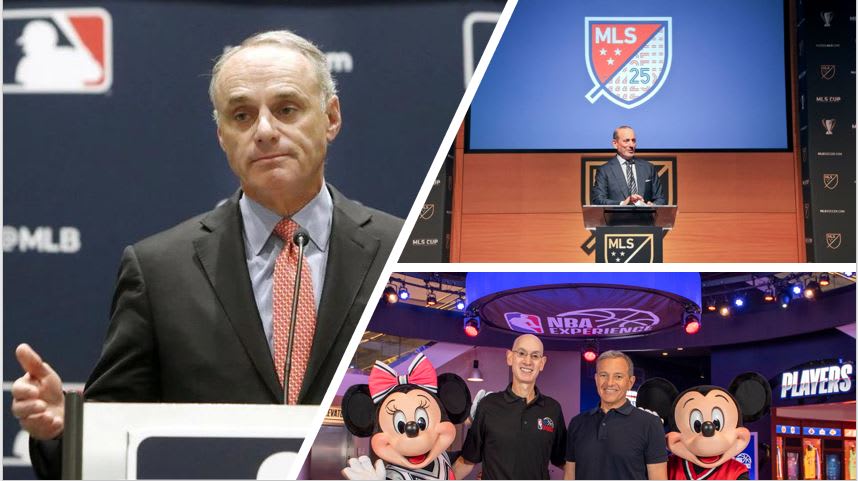
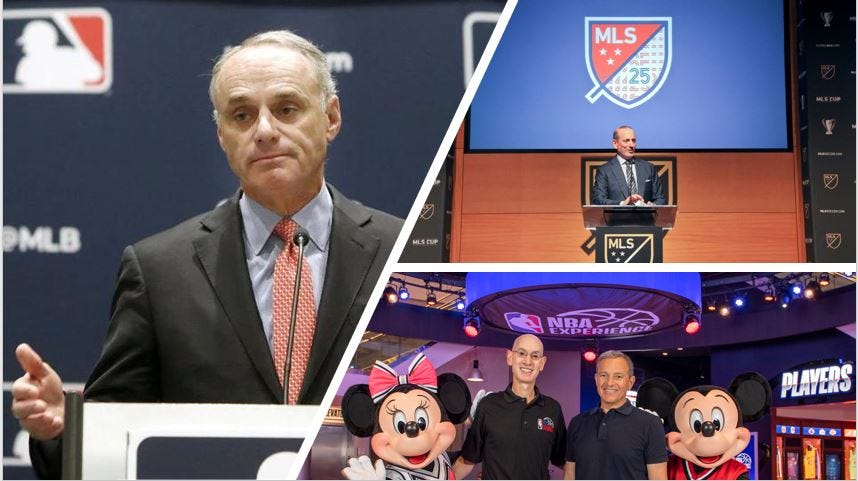
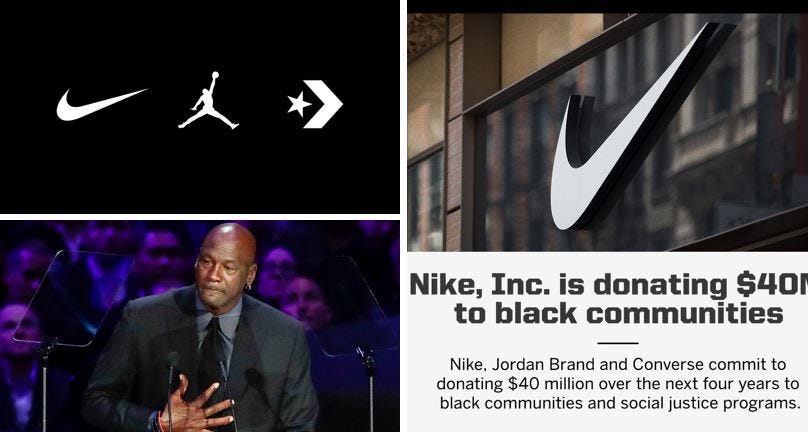

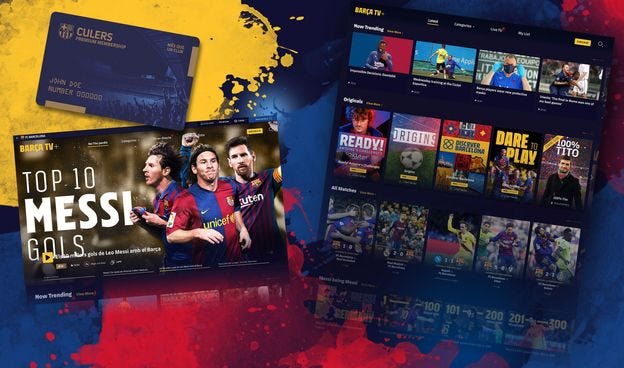


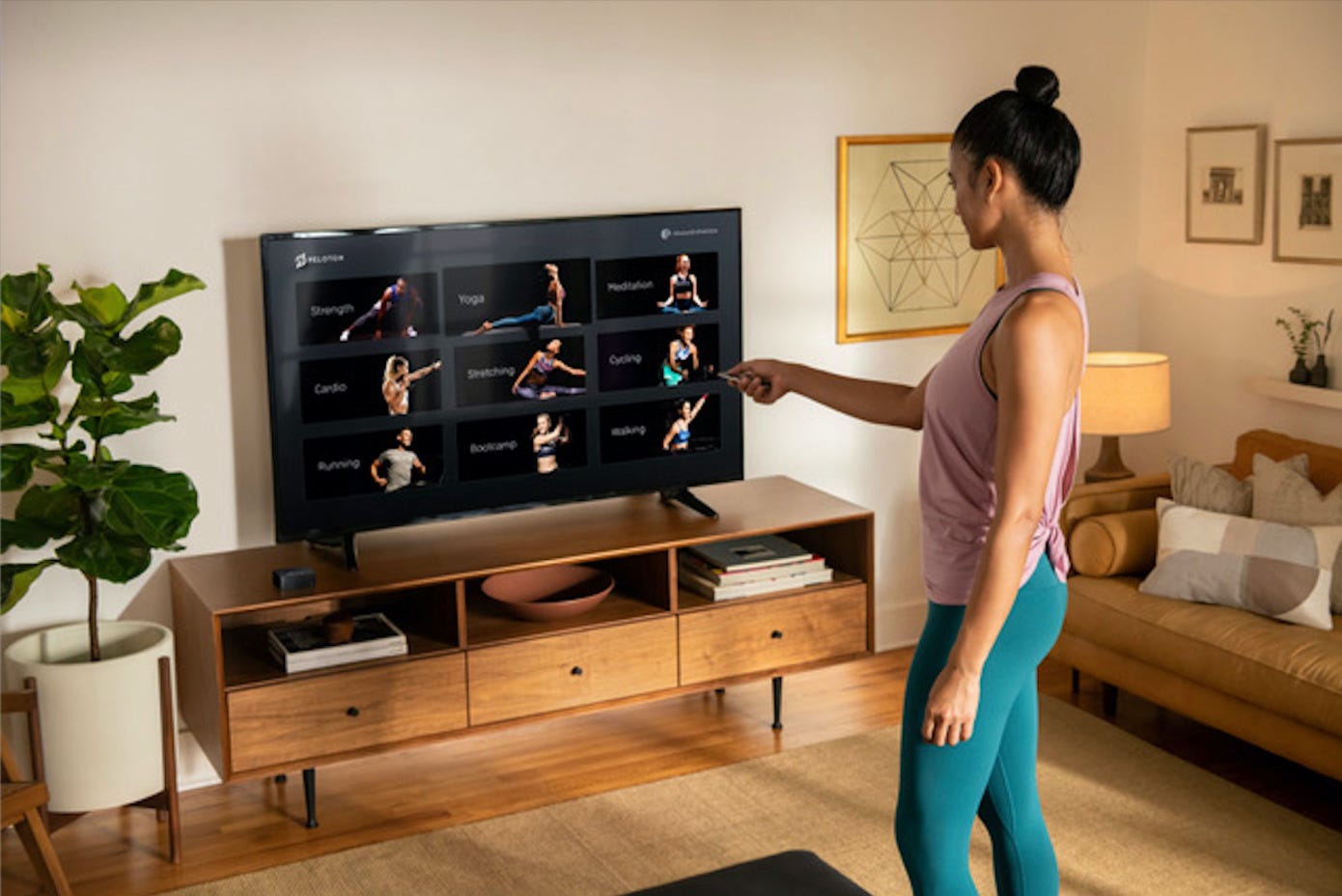

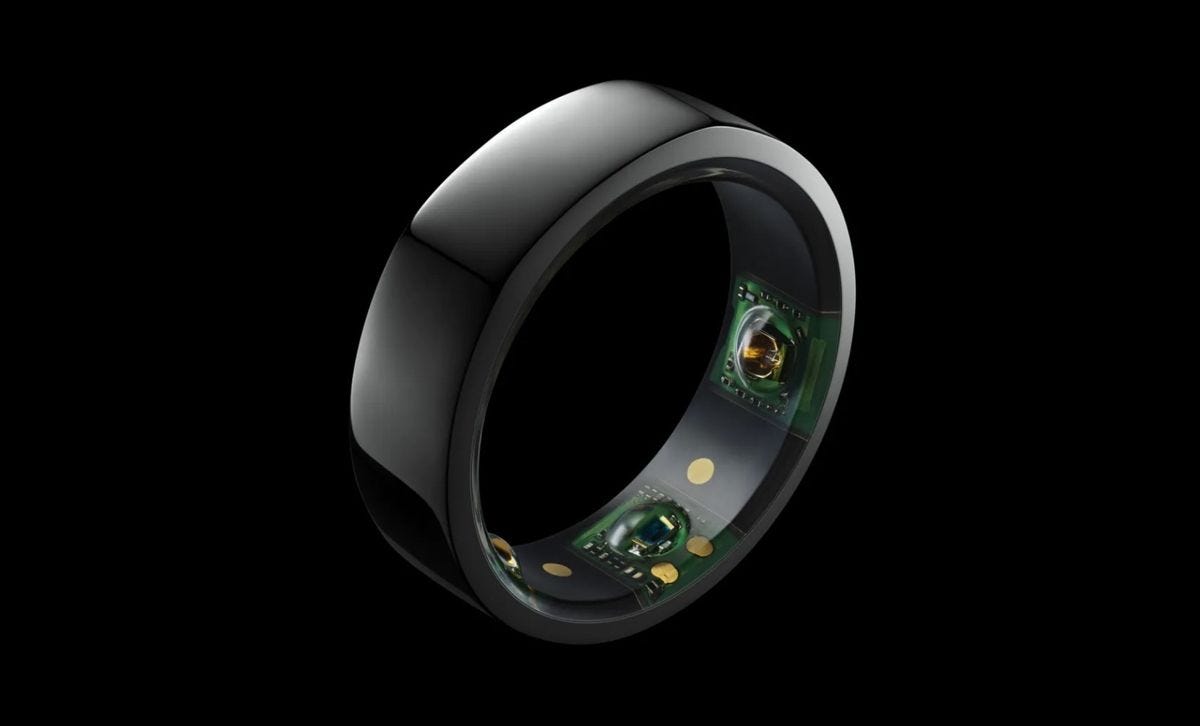
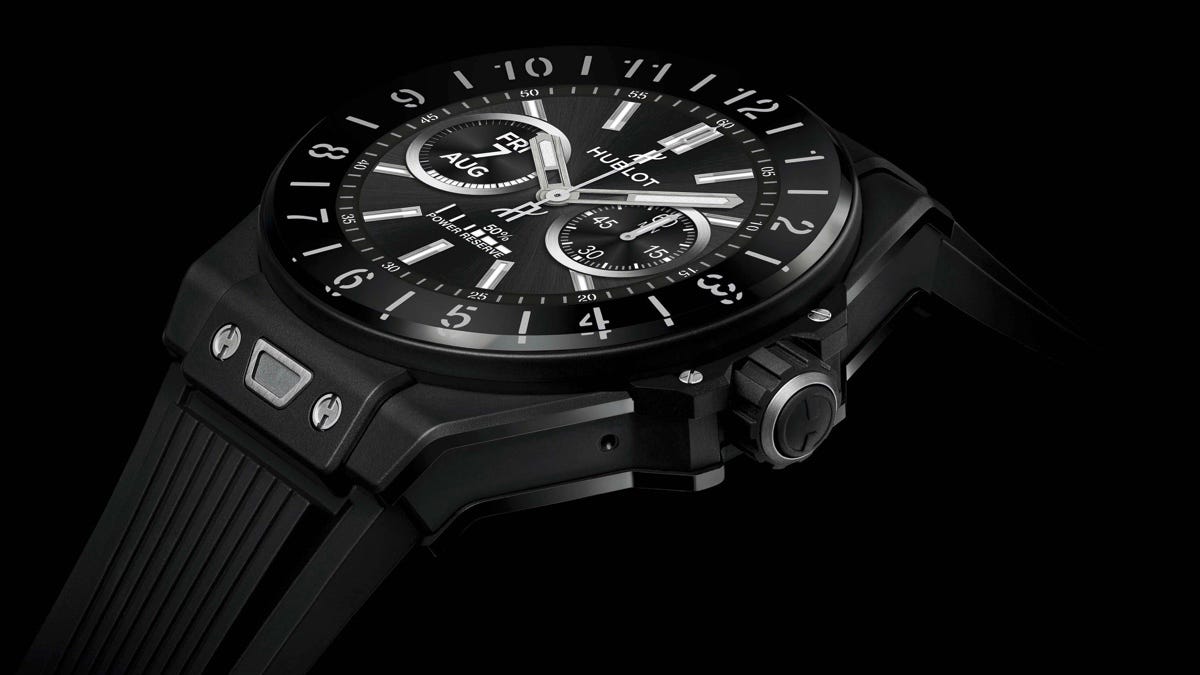
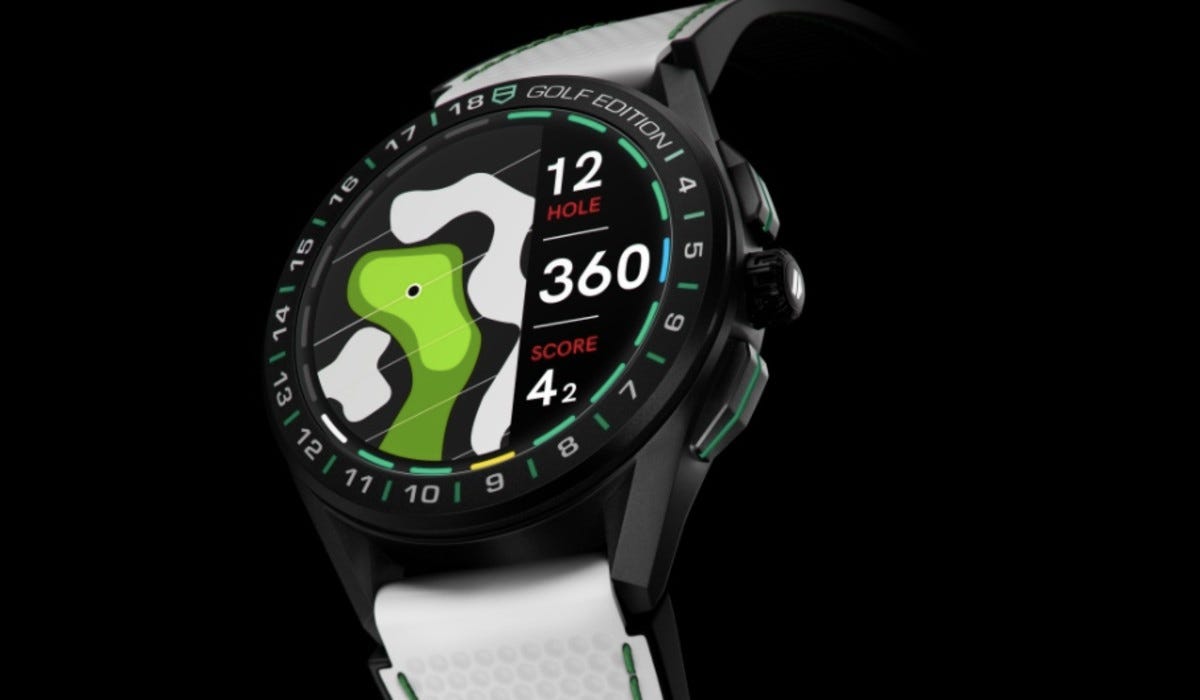


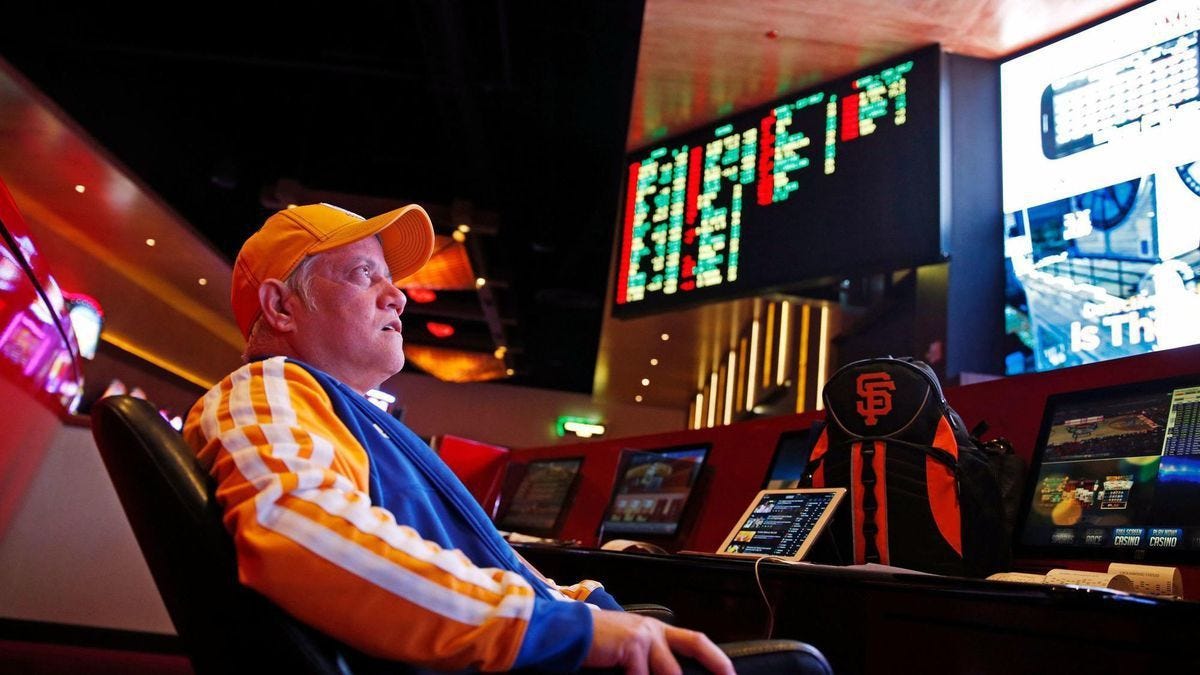
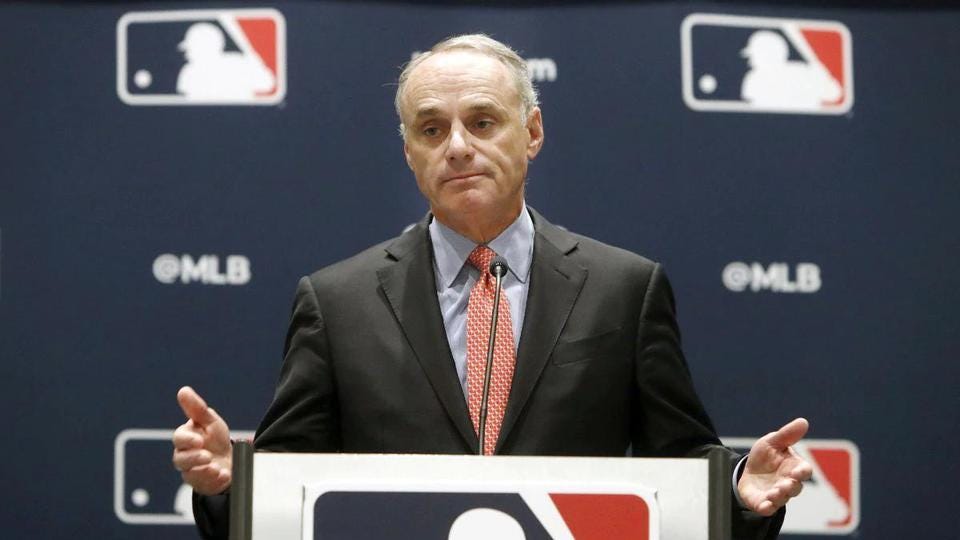
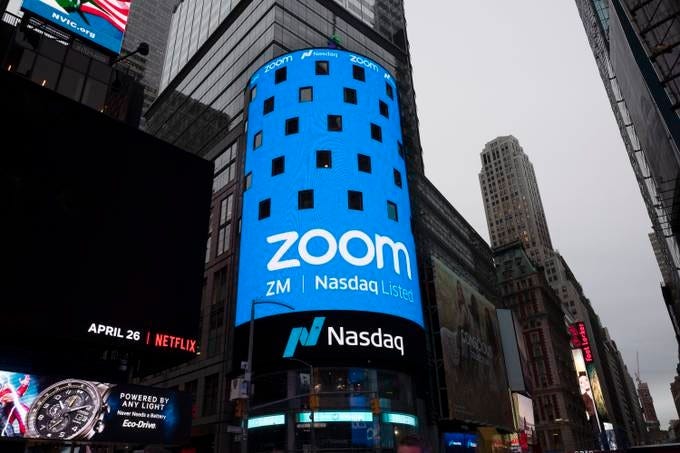

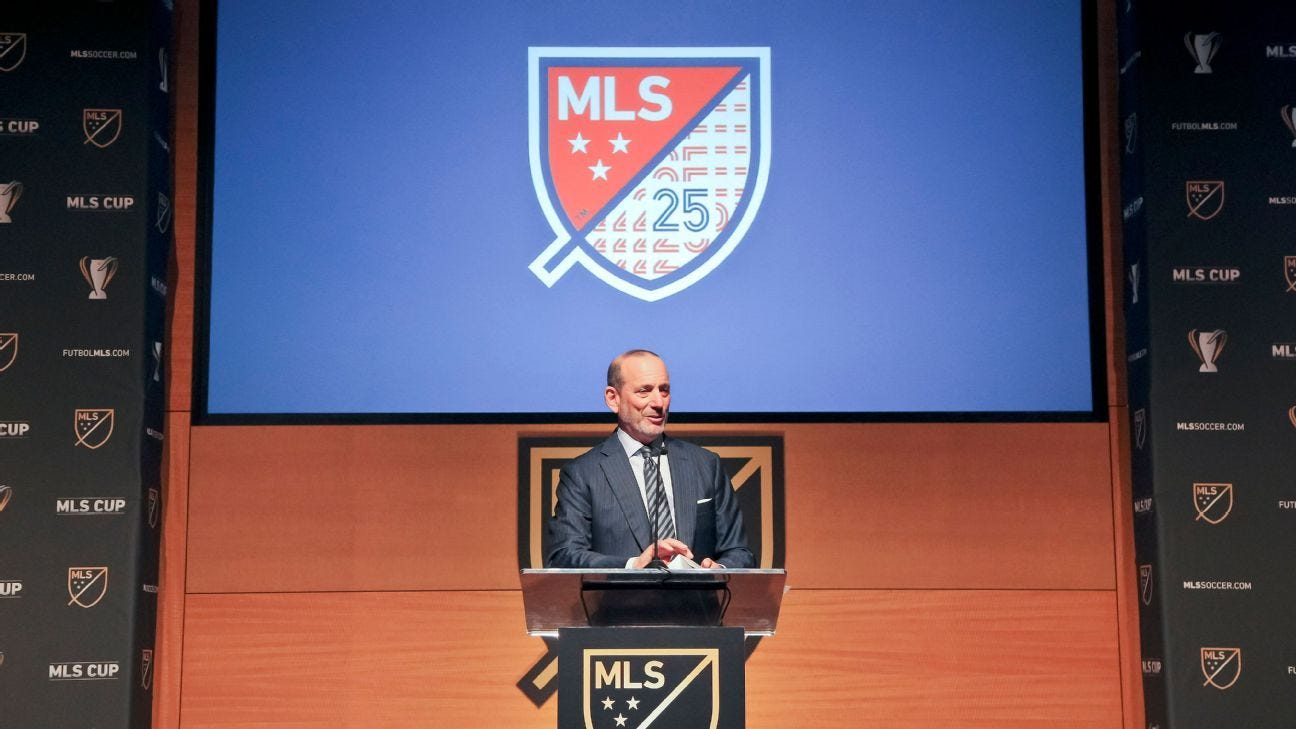

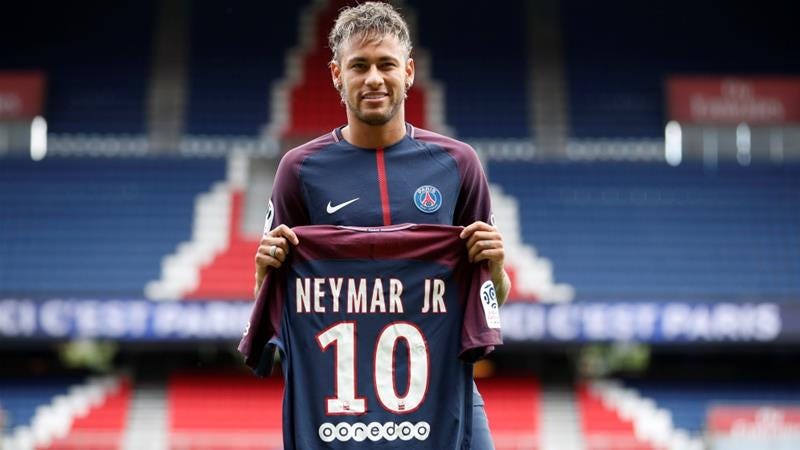
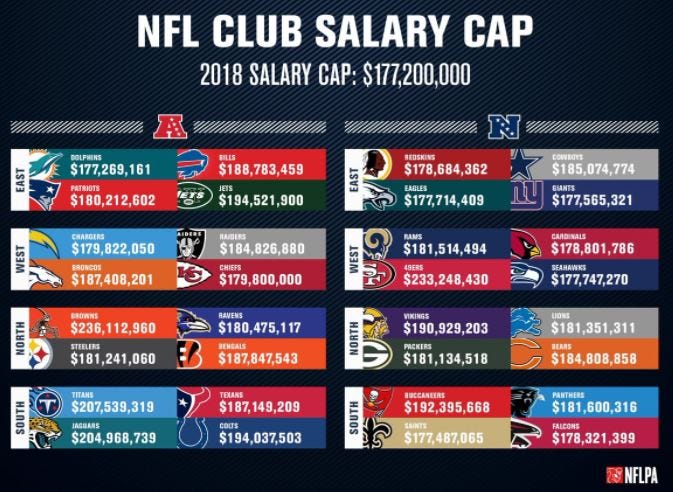
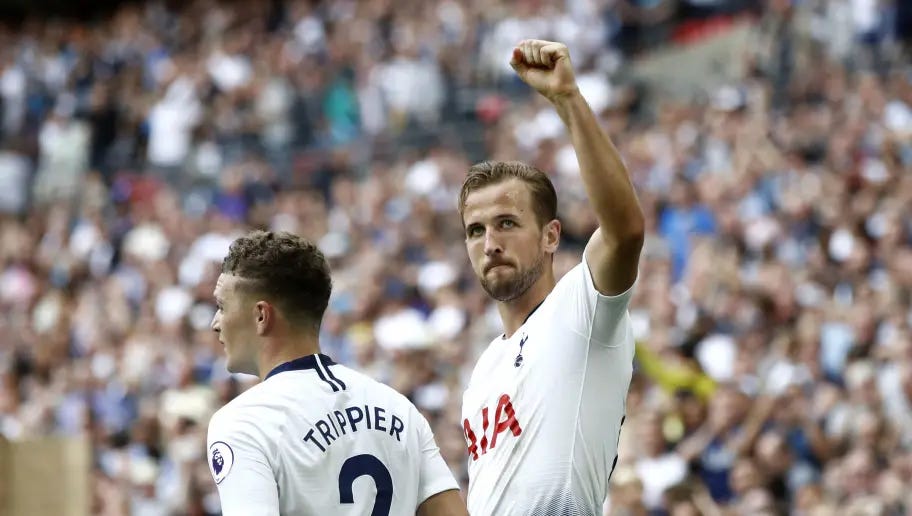
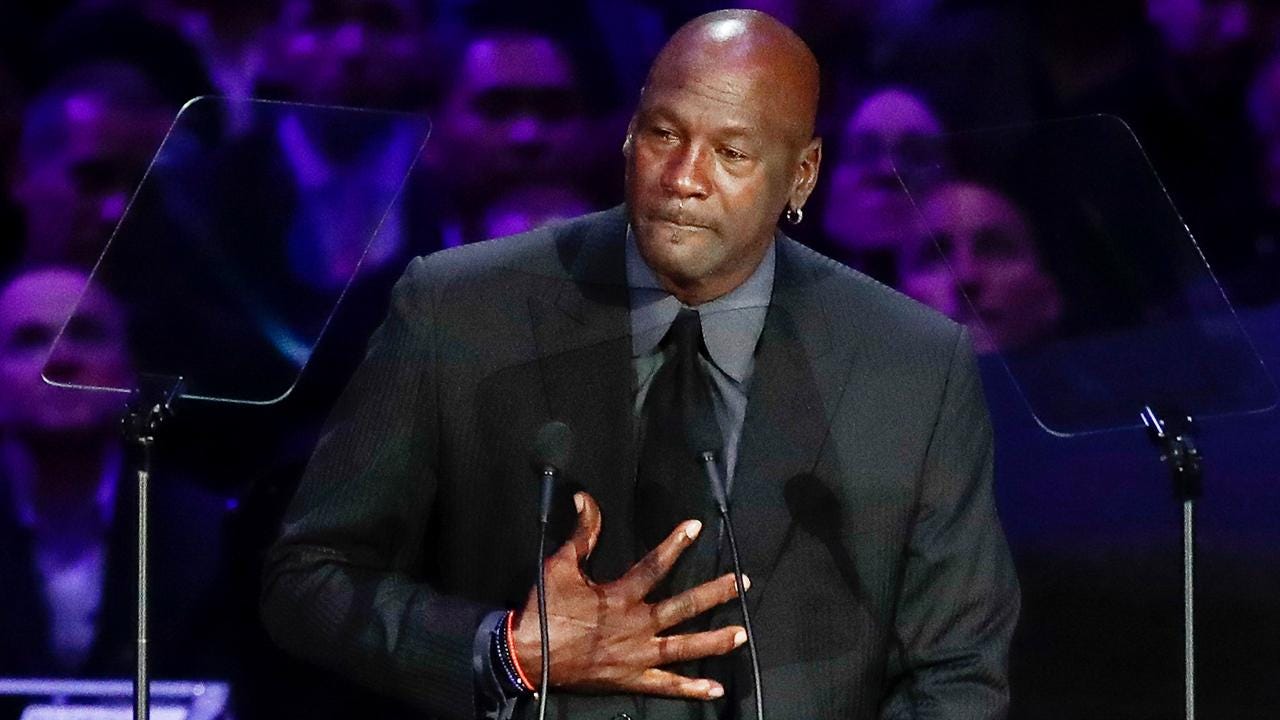


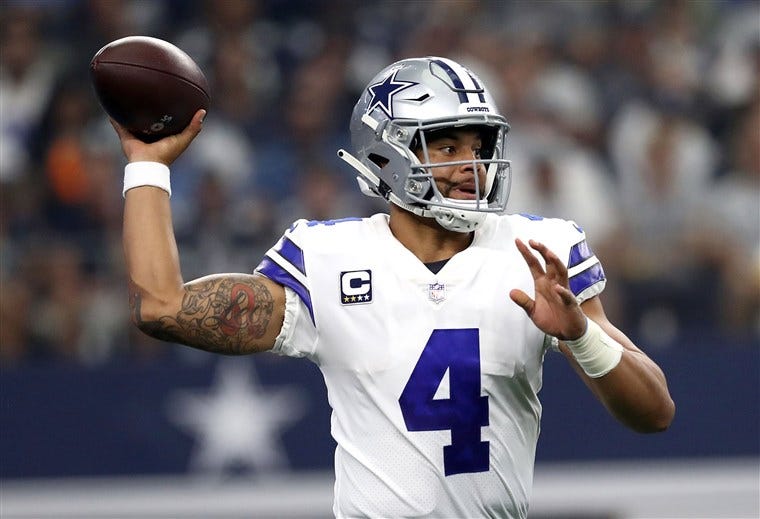
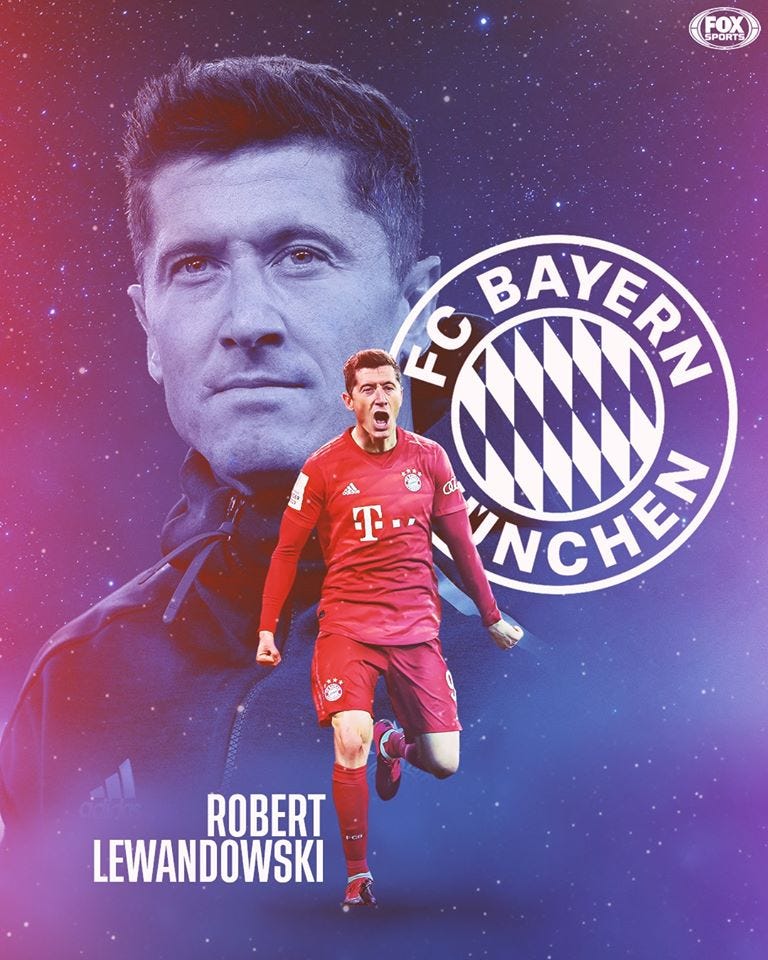

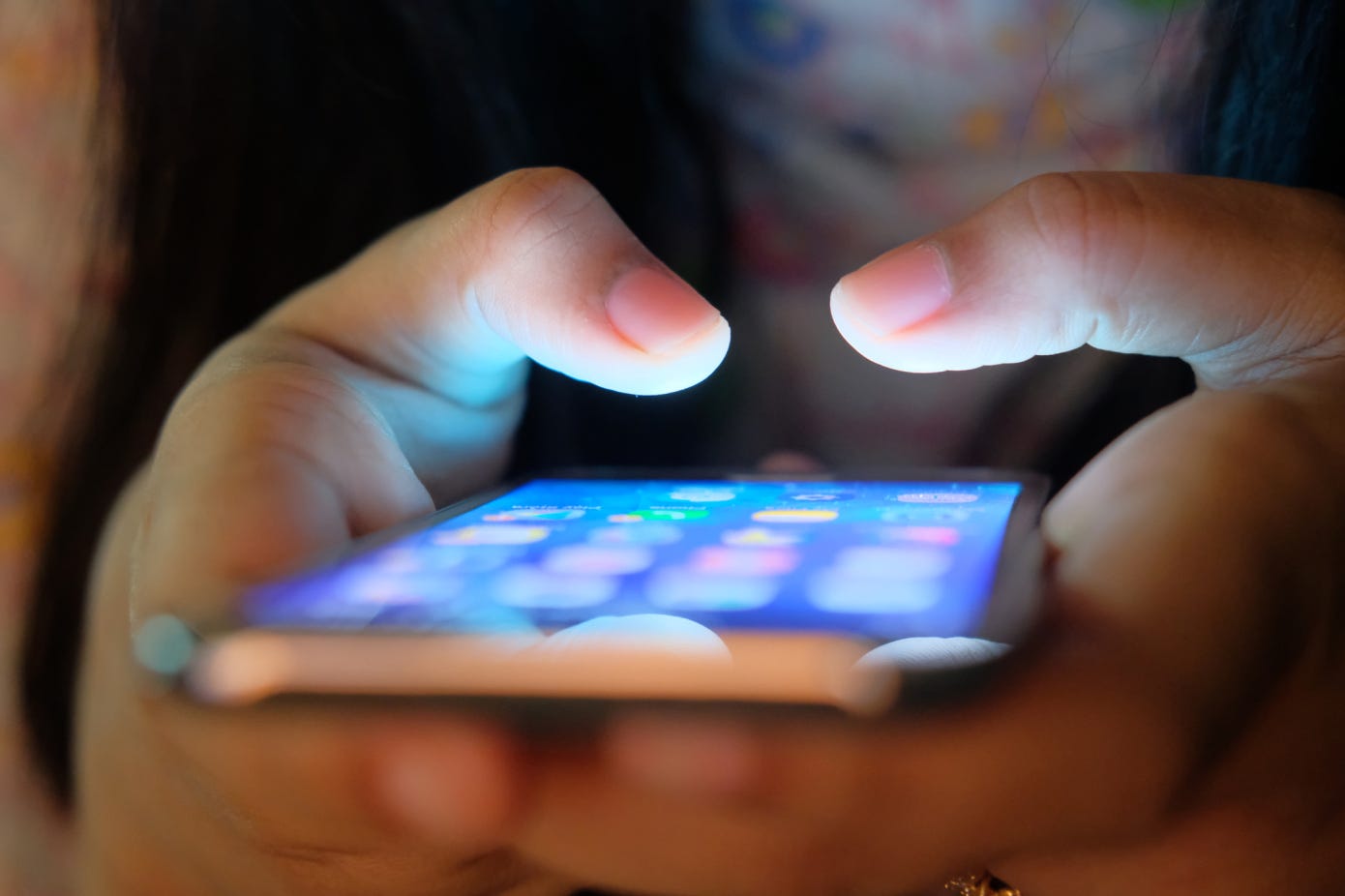

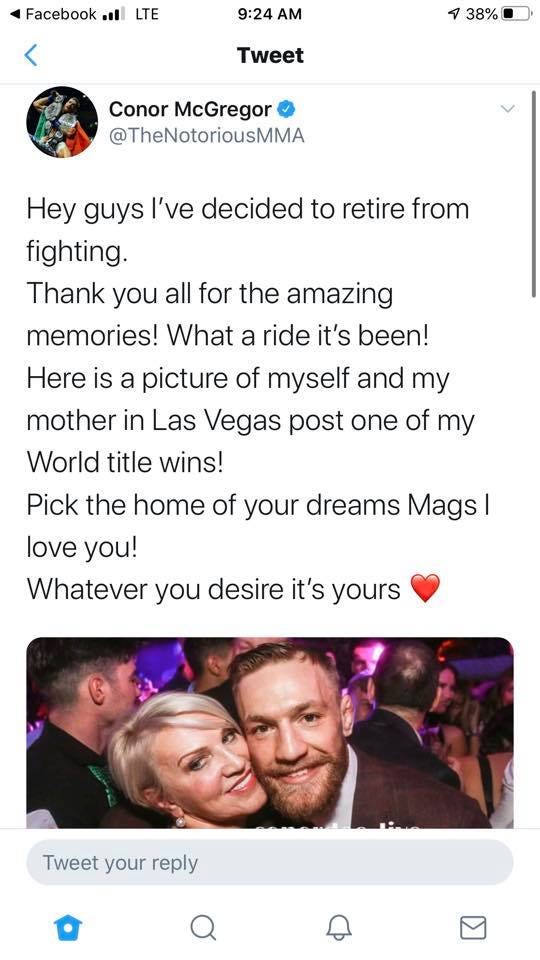


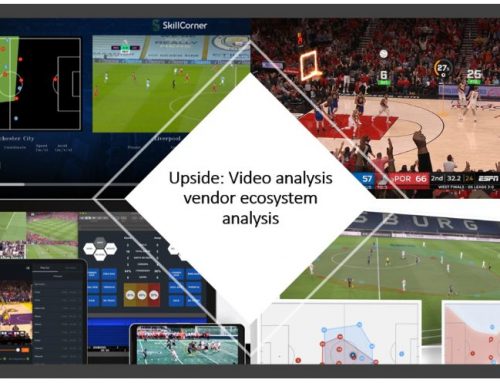
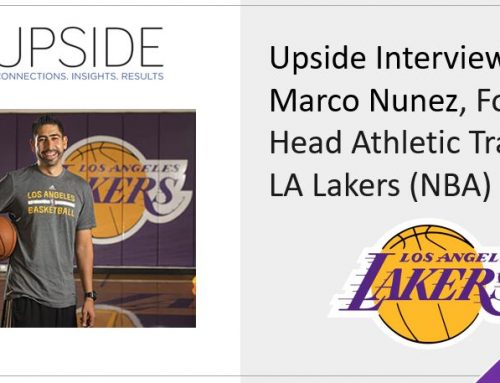
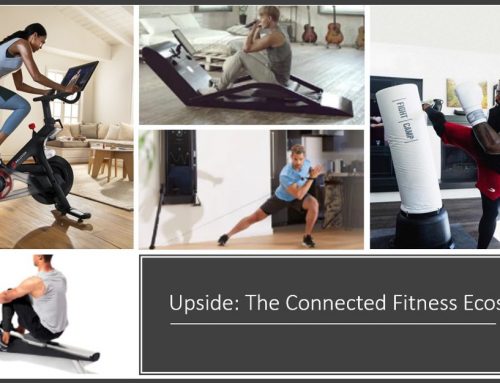

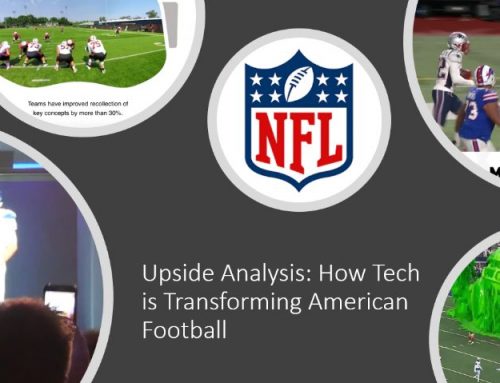
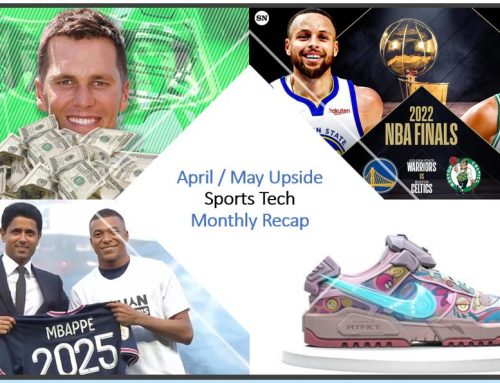

Leave A Comment
You must be logged in to post a comment.